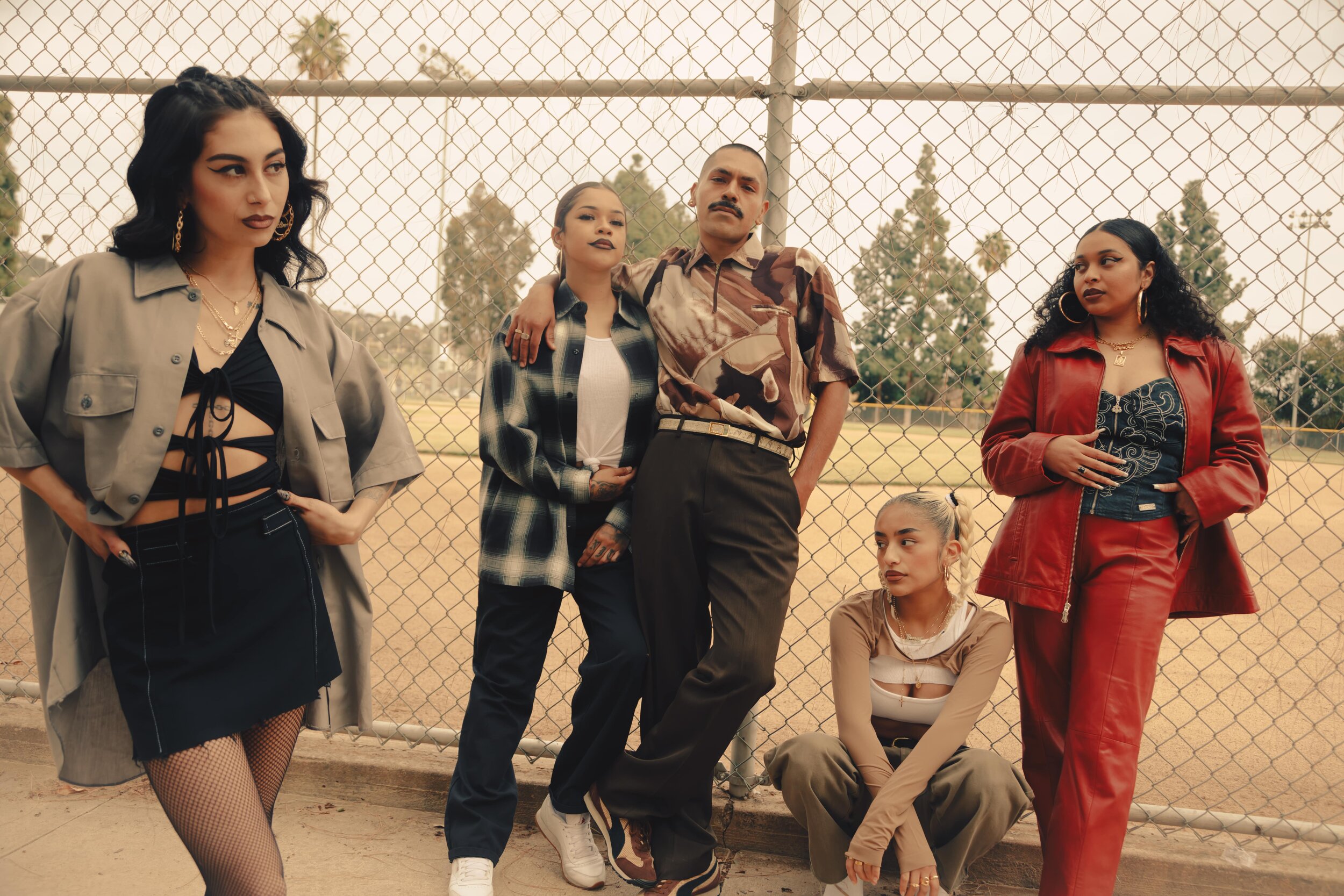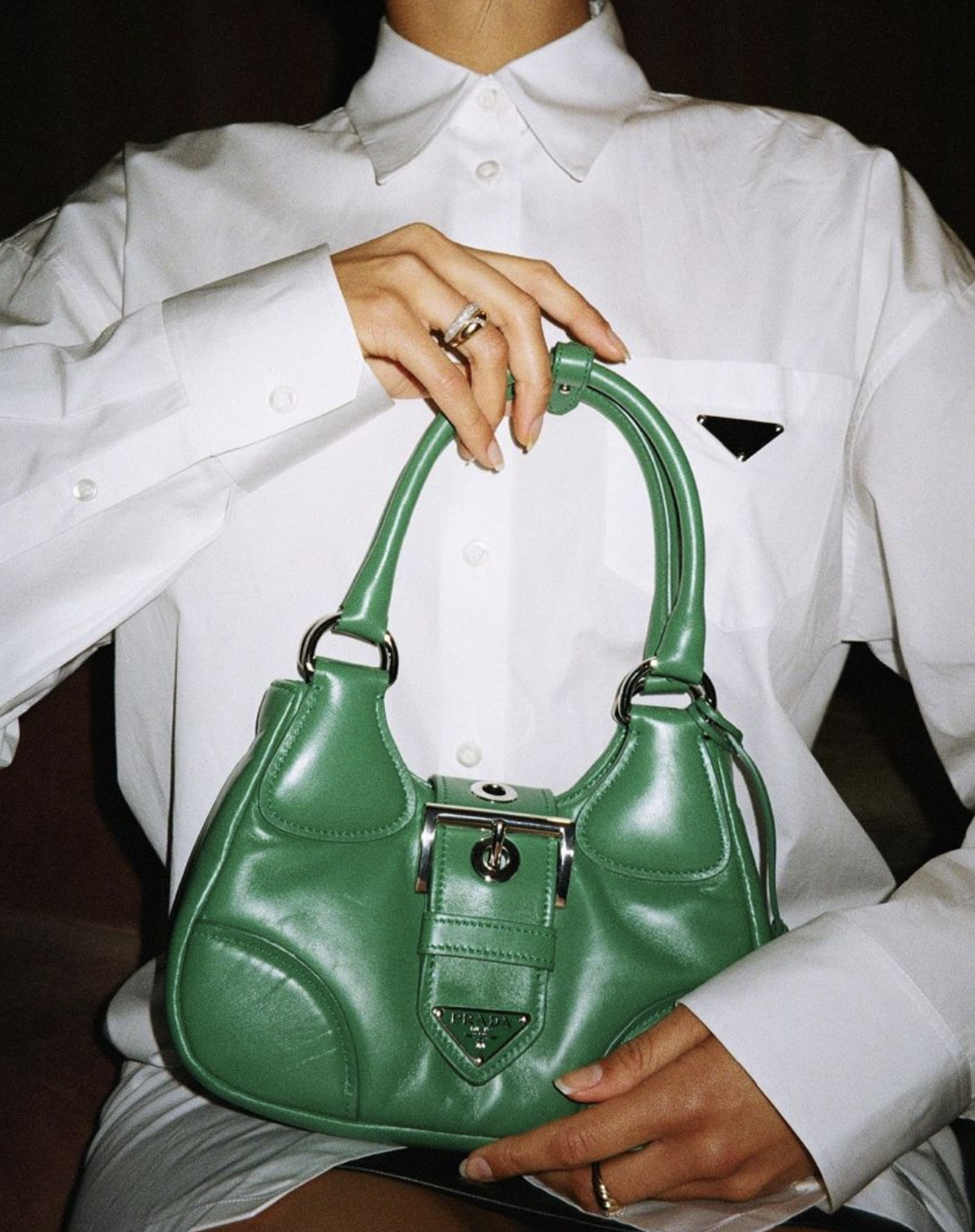Across the United States, a new generation of Mexican Americans is embracing fashion not just as a personal choice but as a powerful means of cultural affirmation and resistance. By reinterpreting styles rooted in their heritage, these young individuals are reclaiming narratives that have often been misunderstood, misrepresented, or marginalized.
For numerous individuals, apparel has consistently symbolized more than mere textiles—it’s a representation of personal identity woven into each fiber. From the lively hues of customary attire to the modern style of Chicano streetwear, Mexican American young people are developing a visual dialect that mirrors their heritage alongside their contemporary experiences. This trend focuses on individual expression and challenges stereotypes while establishing a noteworthy presence that insists on acknowledgement and respect.
The history of Mexican American fashion is deeply intertwined with struggles for identity, representation, and civil rights. In past decades, cultural markers such as the zoot suit of the 1940s or the Chicano styles of the 1970s served as symbols of resistance, pride, and community solidarity. These styles were not always celebrated; in fact, they were often criminalized or vilified by mainstream society. The infamous Zoot Suit Riots of 1943, for example, highlighted how Mexican American youth were targeted simply for the way they dressed—a powerful reminder of how clothing can become politicized.
Today, young Mexican Americans are revisiting and reimagining these historical styles, blending traditional influences with contemporary fashion trends. The result is a dynamic and evolving aesthetic that is as diverse as the community itself. Embroidered blouses, lowrider-inspired jackets, bold jewelry, and vintage sneakers coexist in an eclectic mix that reflects the multifaceted nature of Mexican American identity.
At the heart of this fashion resurgence is a desire to reclaim cultural symbols that have often been appropriated or misunderstood. For years, elements of Chicano and Mexican fashion have been adopted by the mainstream without proper acknowledgment of their roots. By consciously choosing to wear these styles and to educate others about their significance, young people are challenging the erasure of their heritage.
Social media has played a crucial role in amplifying this movement. Platforms like Instagram, TikTok, and Pinterest have become digital runways where Mexican American creators showcase their style, share the stories behind their looks, and connect with others who share their passion for cultural expression. Hashtags related to Chicano fashion, Latina style, and indigenous design are helping to spread awareness and build a sense of global community.
For numerous individuals, this resurgence in style additionally acts as a form of resistance against frameworks that have long silenced their perspectives. In today’s societal environment—characterized by discussions surrounding immigration, racial equality, and identity politics—clothing choices can convey a strong statement. Conventional outfits, native designs, and even the everyday streetwear linked to Mexican American communities are being employed to confront stereotypes and seek acknowledgment.
La moda como resistencia no se centra en la exclusión o el mantener normas estrictas; más bien, se trata de celebrar y elevar las tradiciones culturales mientras se crean nuevos caminos. Muchos jóvenes mexicano-americanos también investigan cómo su herencia se cruza con otras identidades, como el orgullo LGBTQ+, los valores feministas y el activismo ambiental. Esta perspectiva interseccional enriquece el movimiento, haciéndolo más inclusivo y representativo de las diversas experiencias dentro de la comunidad.
Entrepreneurs and designers from Mexican American backgrounds are also gaining visibility, launching clothing lines that celebrate their heritage while offering contemporary designs. Brands rooted in Chicano culture, indigenous artistry, and border town aesthetics are finding a market eager for authentic representation. By creating and supporting these brands, young consumers are helping to build an economy that values cultural integrity and ethical production.
Moreover, fashion serves as a gateway to deeper conversations about history, migration, and social justice. Events such as fashion shows, art exhibitions, and cultural festivals provide platforms where clothing and storytelling intersect. Through these spaces, Mexican American youth are not only showcasing their style but also educating others about the richness of their culture and the challenges their communities continue to face.
This revival also extends beyond urban centers. In smaller towns and rural areas, young Mexican Americans are embracing traditional attire that connects them to their families and ancestors. Quinceañera dresses, folklorico costumes, and embroidered textiles are being worn with pride in spaces where such expressions were once viewed as out of place. This growing acceptance signals a broader cultural shift toward valuing diversity and authenticity.
Notably, this trend focuses on adaptation and innovation rather than nostalgia or mere imitation. The youth are embracing aspects from the past and revitalizing them, be it through eco-friendly fashion selections, digital creativity, or partnerships with artists from other underrepresented groups. The outcome is a dynamic and evolving culture that remains anchored in its traditions.
As this trend continues to grow, it also raises important questions about cultural appropriation versus appreciation. Young Mexican Americans are leading the conversation on how to share cultural symbols responsibly, calling for respect, acknowledgment, and genuine engagement rather than superficial adoption. This dialogue is vital in an era where globalization and mass media can easily distort or dilute cultural significance.
The fashion choices made by young Mexican Americans today are also contributing to the broader conversation about representation in media and popular culture. In film, television, and advertising, there is a slow but noticeable shift toward more accurate and respectful depictions of Latino and Chicano identities. The visibility of authentic fashion plays a role in this transformation, signaling to industries that Mexican American culture is not a costume but a lived reality deserving of respect.
Moreover, the ecological dimension of the fashion industry has captured the attention of today’s youth. Numerous young Mexican American designers are championing sustainable and ethically-conscious fashion approaches, influenced by indigenous principles that emphasize a balance with nature. Thrifting, repurposing garments, and backing small-scale artisans are becoming more favored options, showing a dedication to preserving culture and taking care of the environment.
In educational spaces, the influence of this movement is being felt as well. Students are using fashion to express their cultural identity and to educate their peers about Mexican history, traditions, and contributions. Academic programs that highlight Chicano studies, indigenous heritage, and multicultural art are receiving renewed interest, fueled in part by the visibility of cultural fashion on campus and online.
In the end, the revitalization of Mexican American fashion as a means of defiance and self-expression mirrors a broader push for empowerment and acknowledgment. It’s about taking back space in a society that has frequently tried to erase or pigeonhole these identities. Through clothing, young individuals are sharing their narratives, paying homage to their ancestors, and crafting a future where cultural pride is not only accepted but also embraced.
In doing so, they remind us that clothing is never just about aesthetics—it is a canvas for identity, resistance, and hope. As this vibrant expression continues to unfold, it offers valuable lessons for all about the importance of heritage, resilience, and the enduring power of style to inspire change.



